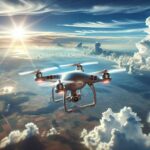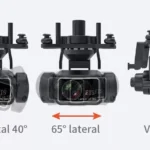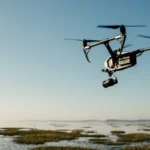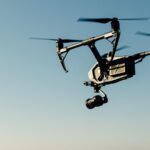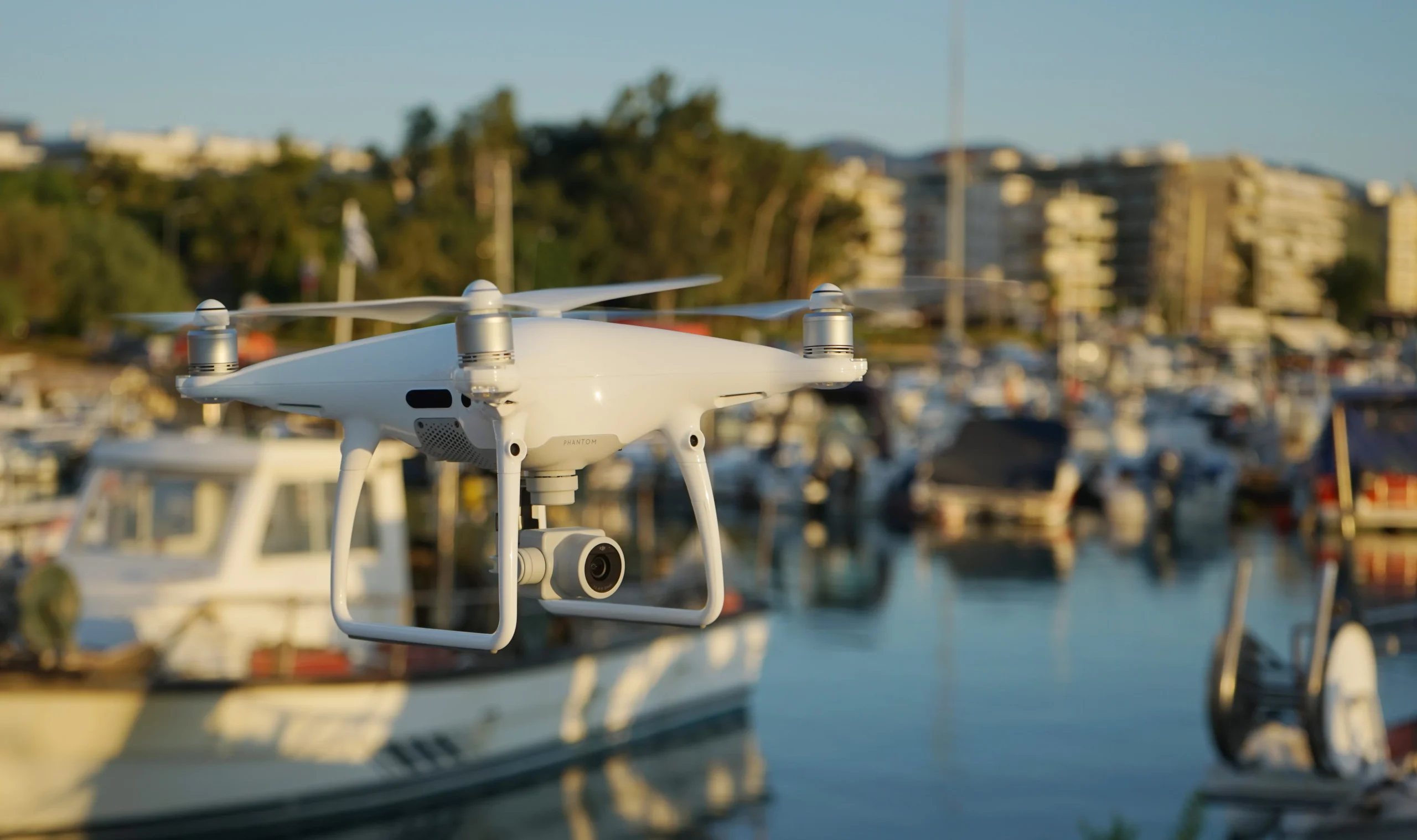
In the dynamic world of aerial cinematography, the introduction of gimbal-stabilized drones has revolutionized the way filmmakers capture smooth and professional-looking footage.
The marriage of advanced drone technology and precision gimbal systems has become a game-changer, allowing content creators to achieve cinematic shots with unparalleled stability.
In this article, we’ll explore the significance of gimbal stabilization in drones and its transformative impact on the art of filmmaking.
The Evolution of Stability
Before the advent of gimbal-stabilized drones, capturing steady footage from the air was a considerable challenge.
The inherent vibrations and movements of drones often translated into shaky and unusable footage.
Gimbal technology changed the game by introducing a three-axis stabilization system that effectively isolates the camera from the drone’s movements, ensuring a consistently smooth shot.
Precision in Motion
Gimbal-stabilized drones employ motors and sensors to counteract unwanted movements in real-time.
Whether the drone is banking, tilting, or dealing with gusts of wind, the gimbal system compensates for these factors, providing filmmakers with a stable platform to capture crystal-clear footage.
This precision in motion allows for cinematic shots that rival those captured on traditional ground-based systems.
Professional-Grade Cinematography
Gimbal-stabilized drones have democratized professional-grade cinematography, enabling filmmakers of all levels to achieve shots that were once reserved for large-scale productions.
From tracking shots to intricate maneuvers, the stability provided by gimbals elevates the visual quality of aerial footage, making it an essential tool in the filmmaker’s arsenal.
Flexibility in Filmmaking
The flexibility offered by gimbal-stabilized drones is a key factor in their widespread adoption.
Filmmakers can experiment with a variety of shots, including smooth pans, tilts, and dynamic tracking shots, all while maintaining a level of stability that was previously challenging to achieve.
This flexibility enhances the creative potential of aerial cinematography.
Applications Across Industries
Gimbal-stabilized drones find applications beyond filmmaking. In industries such as surveying, agriculture, and search and rescue, the stability provided by gimbals ensures accurate data capture.
The ability to maintain a steady camera view is invaluable in scenarios where precision and reliability are paramount.
Compact Designs for Portability
Modern gimbal-stabilized drones are designed with portability in mind. Foldable and compact, these drones are easy to transport, making them ideal for filmmakers and content creators who are constantly on the move.
This portability ensures that the benefits of gimbal stabilization are accessible in a wide range of shooting environments.
Challenges and Considerations
While gimbal-stabilized drones offer a myriad of benefits, operators must be aware of their limitations.
Factors such as wind resistance, battery life, and payload capacity can impact the overall performance of the drone.
Additionally, understanding how to calibrate and maintain the gimbal system is crucial for optimal functionality.
Conclusion
Gimbal-stabilized drones have emerged as indispensable tools in the world of aerial cinematography, empowering filmmakers with the ability to capture smooth, professional-grade footage from the skies.
As technology continues to advance, we can expect further innovations in gimbal design and integration, opening up new possibilities for creative expression in filmmaking and various other industries.
The evolution of gimbal-stabilized drones reflects a commitment to precision and excellence, allowing content creators to soar to new heights in their visual storytelling endeavors.

